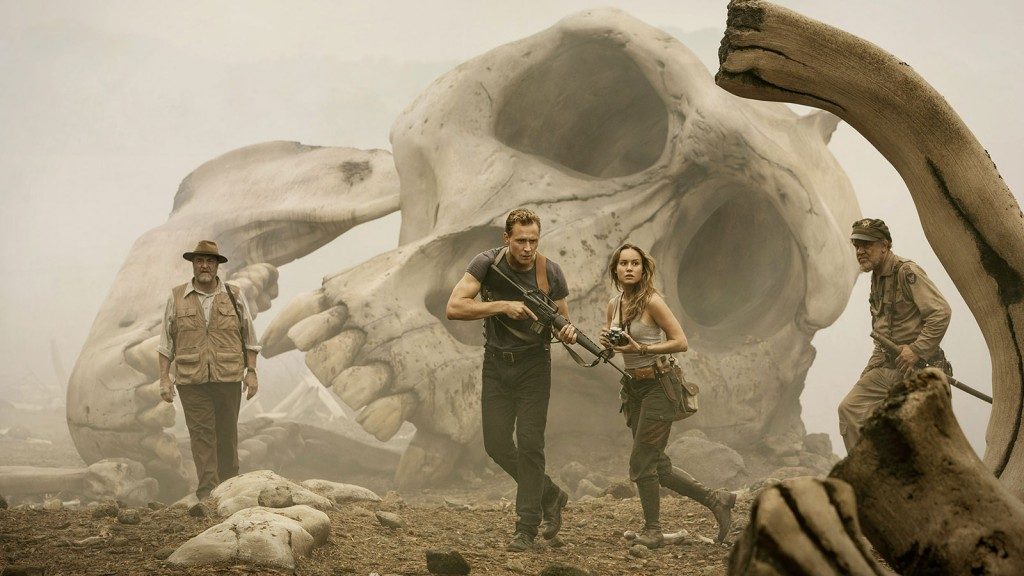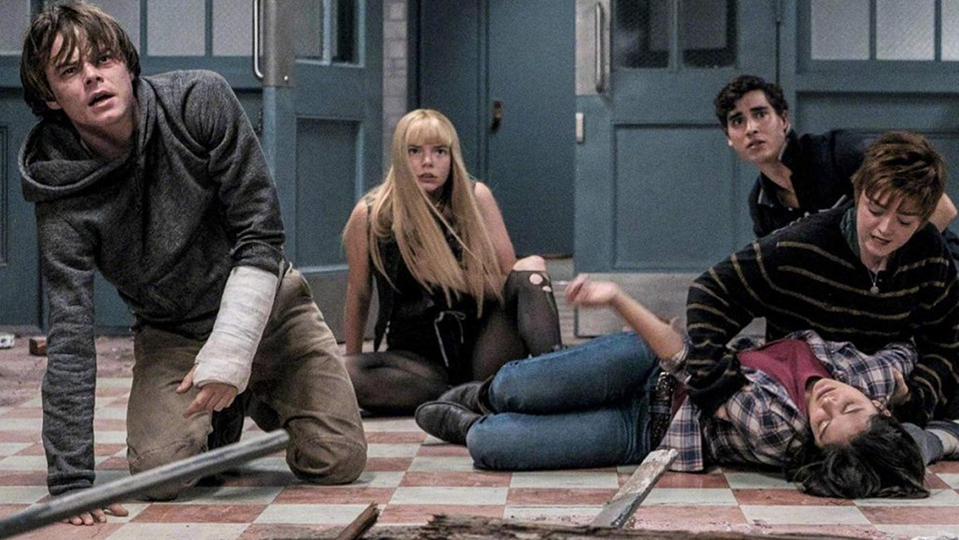
‘Kong: Skull Island’ film review
By Greg Waldock, Staff Writer
Since the beginning of the endless Hollywood monster movie remakes, directors have been trying to “go back to the roots” with their interpretations of creatures ranging from Frankenstein to Godzilla.
The goal has always been to capture the initial success of whatever film had made a monster famous. The most obvious example is Peter Jackson’s King Kong (2005), a froth of amazing and terrible scenes poured into a bland three-hour Hollywood mold. Jackson and his crew went to painstaking lengths to capture the feel of the original Kong, the era he was created in, and the entire setting of the movie. I, Frankenstein (2014) is another example of a superficial attempt to recreate a design without looking at the themes the design brought around.
Kong: Skull Island does not do that. It takes inspiration primarily from two very different sources: the war-weariness and dark humour of Apocalypse Now (1978), and the fantastic creature designs of Hayao Miyazaki and his Studio Ghibli. Keep an eye out for the myriad of references to both, as it’s a treat for fans of film.
Skull Island has the traditional large—and expendable—human cast, but when the characters are alive, they’re hugely entertaining, and their deaths are surprisingly creative. The film’s director, Jordan Vogt-Roberts, seems to really enjoy dismantling old tropes, keeping you guessing as to the fate of obvious shoo-in deaths and heroic sacrifices.
Samuel L. Jackson is, in my eyes, one of the best things about this movie. He comes across as a kind of god of war, absolutely relishing in the fact that Kong is giving him the fight that Vietnam didn’t. Tom Hiddleston has some sort of James Bond vibe going on, and would be a mostly flat (though suave as hell) character if it weren’t for his backstory and development scattered throughout the film like Easter eggs.
King Kong is the real star, though, and Skull Island does not shy away from that. He takes up a huge amount of screen time in broad daylight, which is refreshing after Gareth Edwards’ notoriously dimly-lit Godzilla (2014). All the action is out in the open and glorious to behold. Not only is Kong fast and furious with his strength and creativity, but he’s also surprisingly vulnerable. He gets cut by swatting helicopters out of the sky, he bleeds when he’s shot, and it gives his fight scenes with other monsters a lot more depth and tension.
Coupled with outstanding cinematography and editing, unique monster designs, and the pessimistic atmosphere of the 1970s, Kong: Skull Island is an absolute treat and well worth the watch.
Oh, and there’s a post-credits scene. Fans of Toho will find it very interesting.


